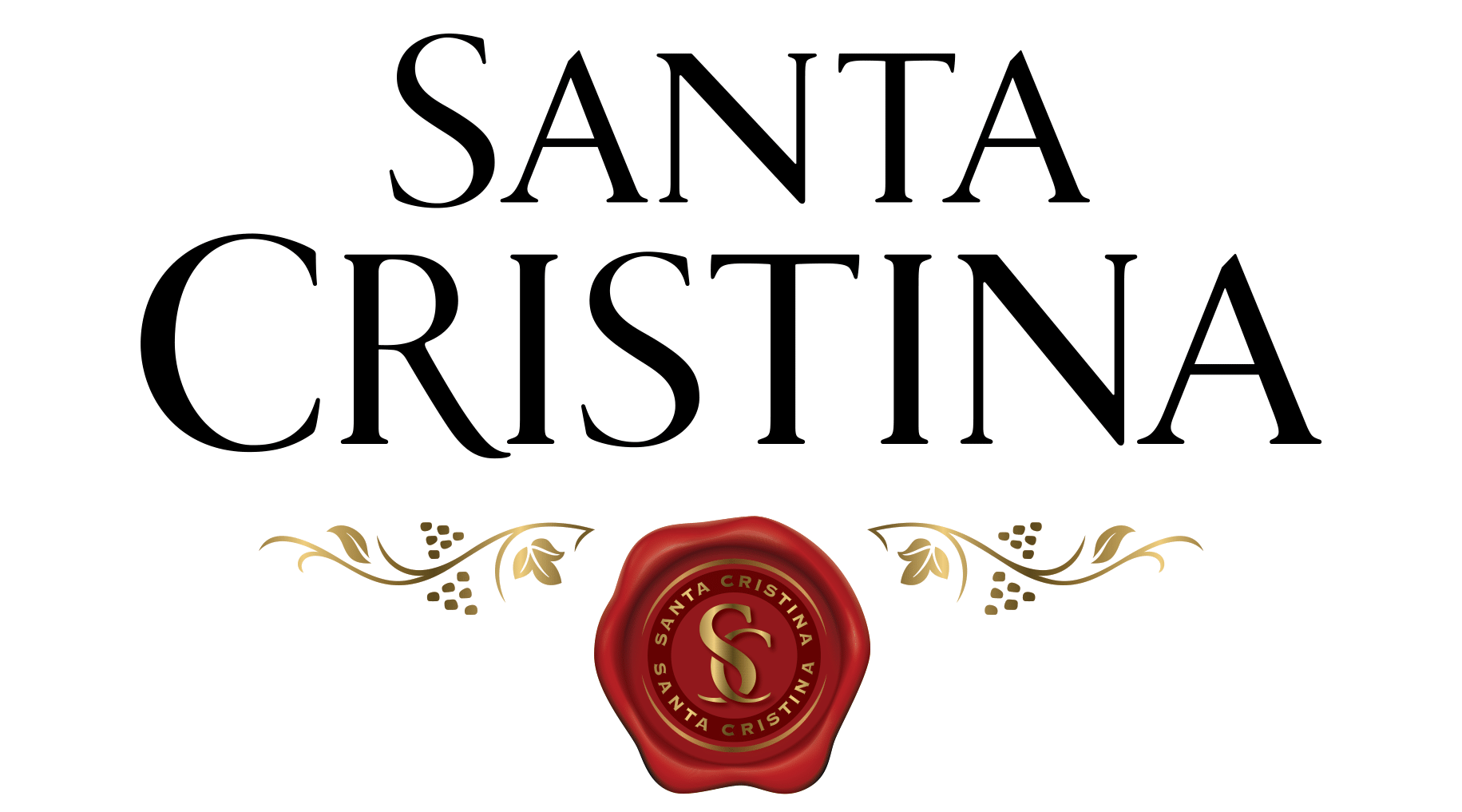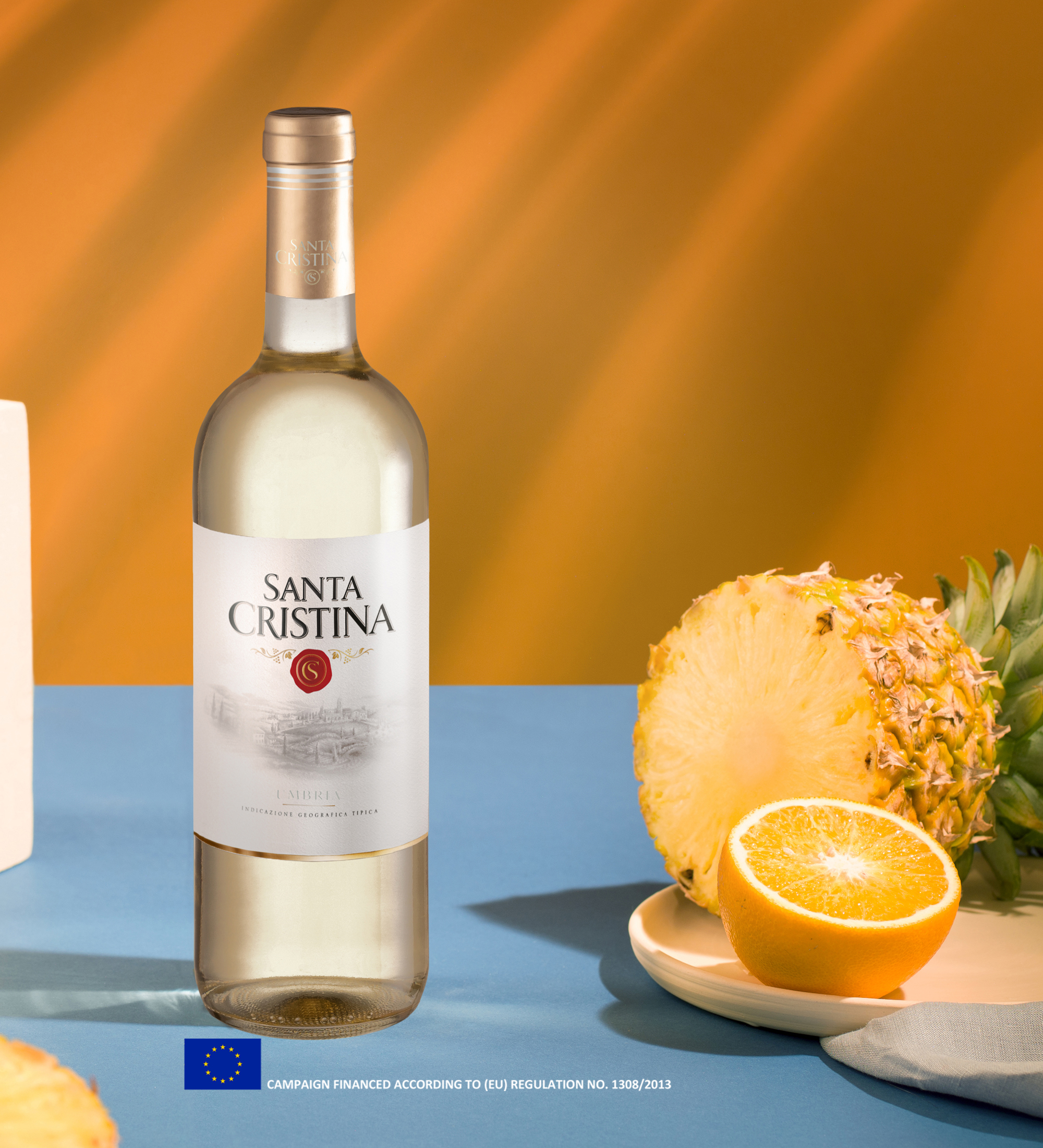Santa Cristina, a new chapter in the long traditional of wine making
The Territory
Cortona and Valdichiana
Tuscany reveals its extraordinary viticultural excellence through the diversity of its countryside; rolling hillsides, wide valleys, mountains, and coastal plains that lead to the sea. The unique characteristics of this diversified territory are reflected in the wines.
Climate varies based on altitude, the proximity to the sea and the vicinity to mountain ranges. Soil composition also differs from area to area ranging from volcanic to clay based to sedimentary soils. Many production areas have different soil composition in the various vineyard parcels that indisputably produce different wines.
In this rich geographic and climatic context, the origins of viticulture and winemaking in this region may be difficult to trace but over the centuries have become part of its identity, culture, customs, and traditions. Tuscan wine has always accompanied everyday life and moments of pleasure for all who appreciate and savour it.
Santa Cristina was first produced here in the heart of Tuscany; a wine that has always been part of tradition, finely expressing the Tuscan territory and grape varieties in a contemporary style.
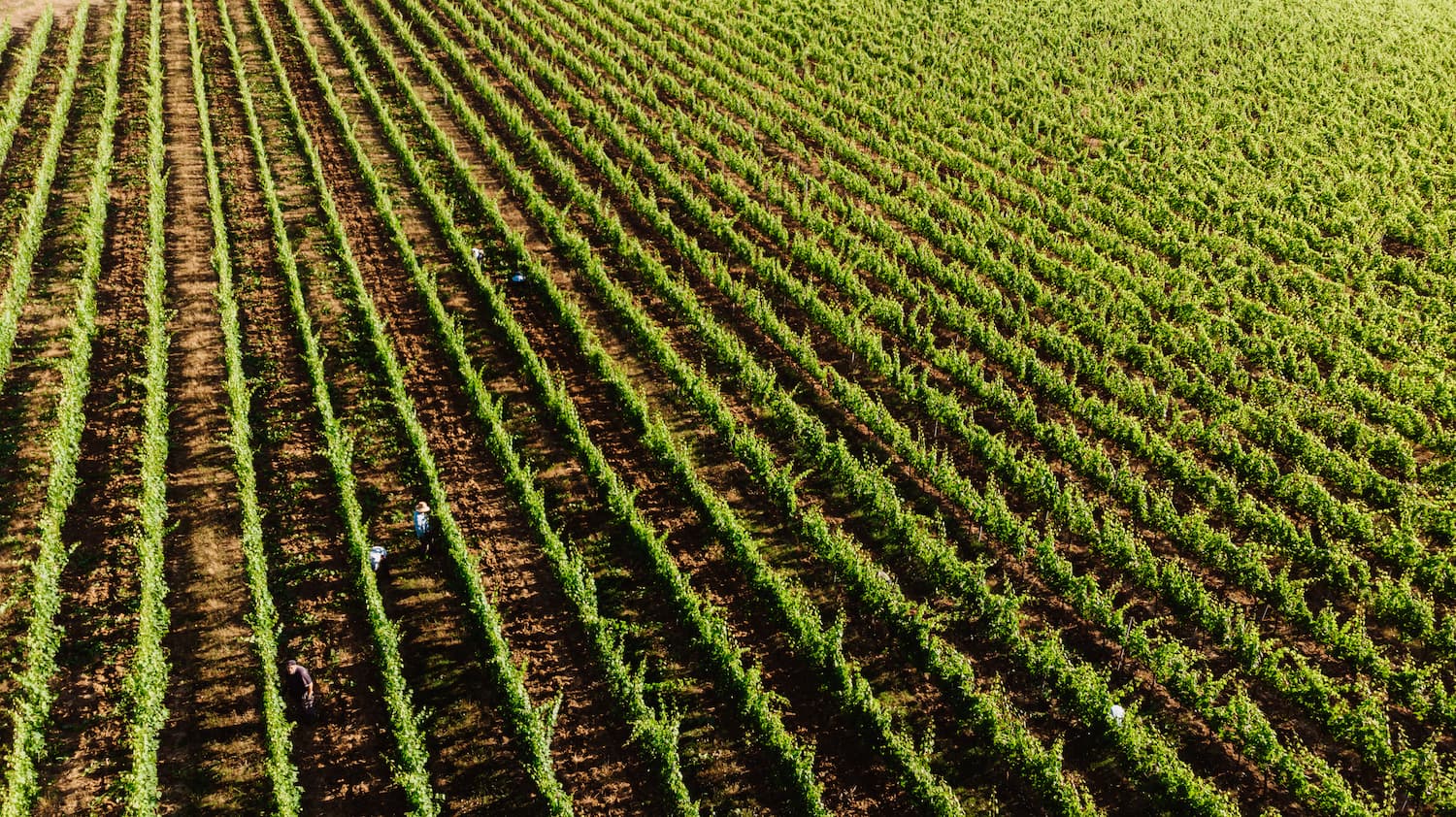
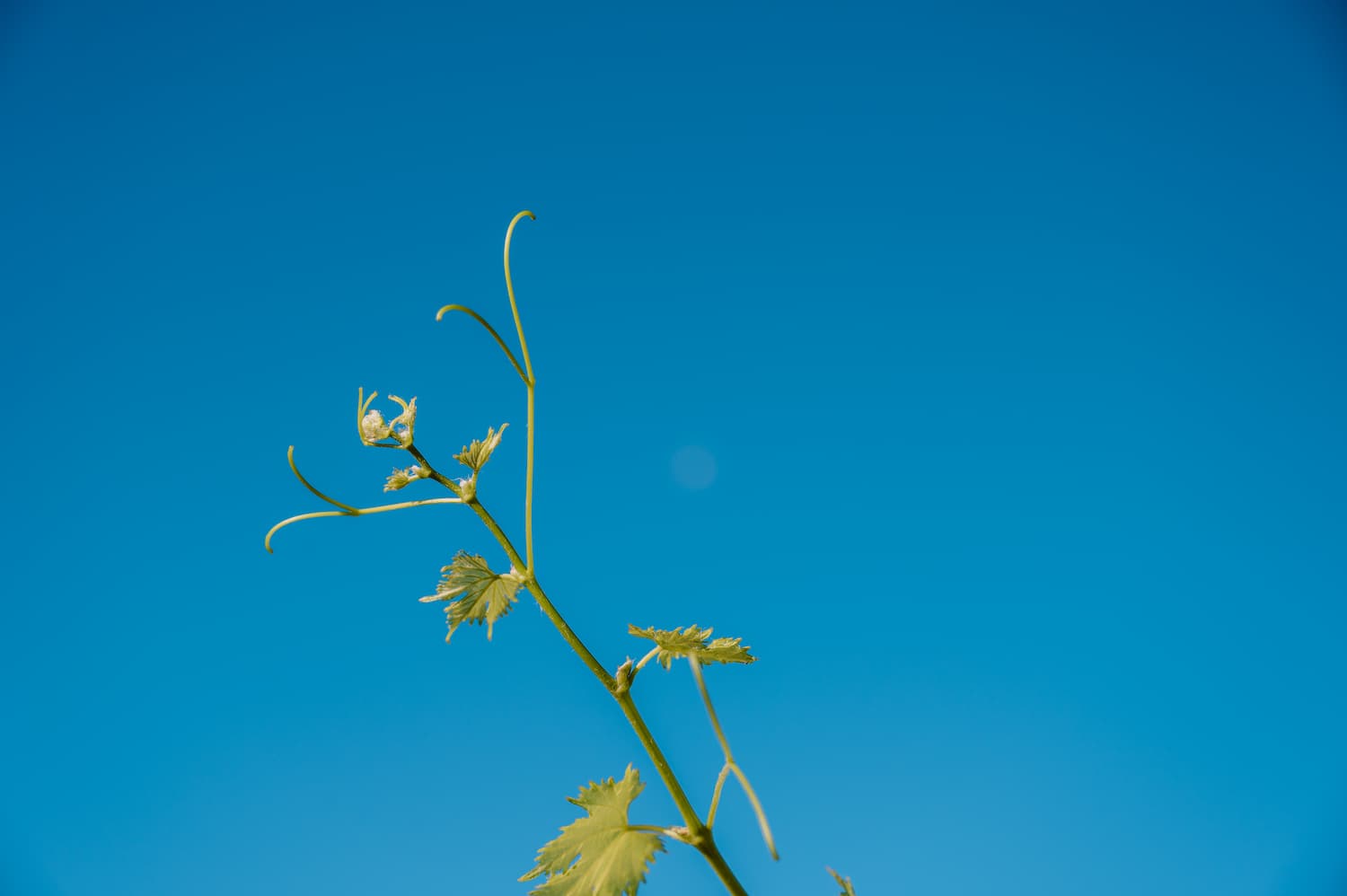
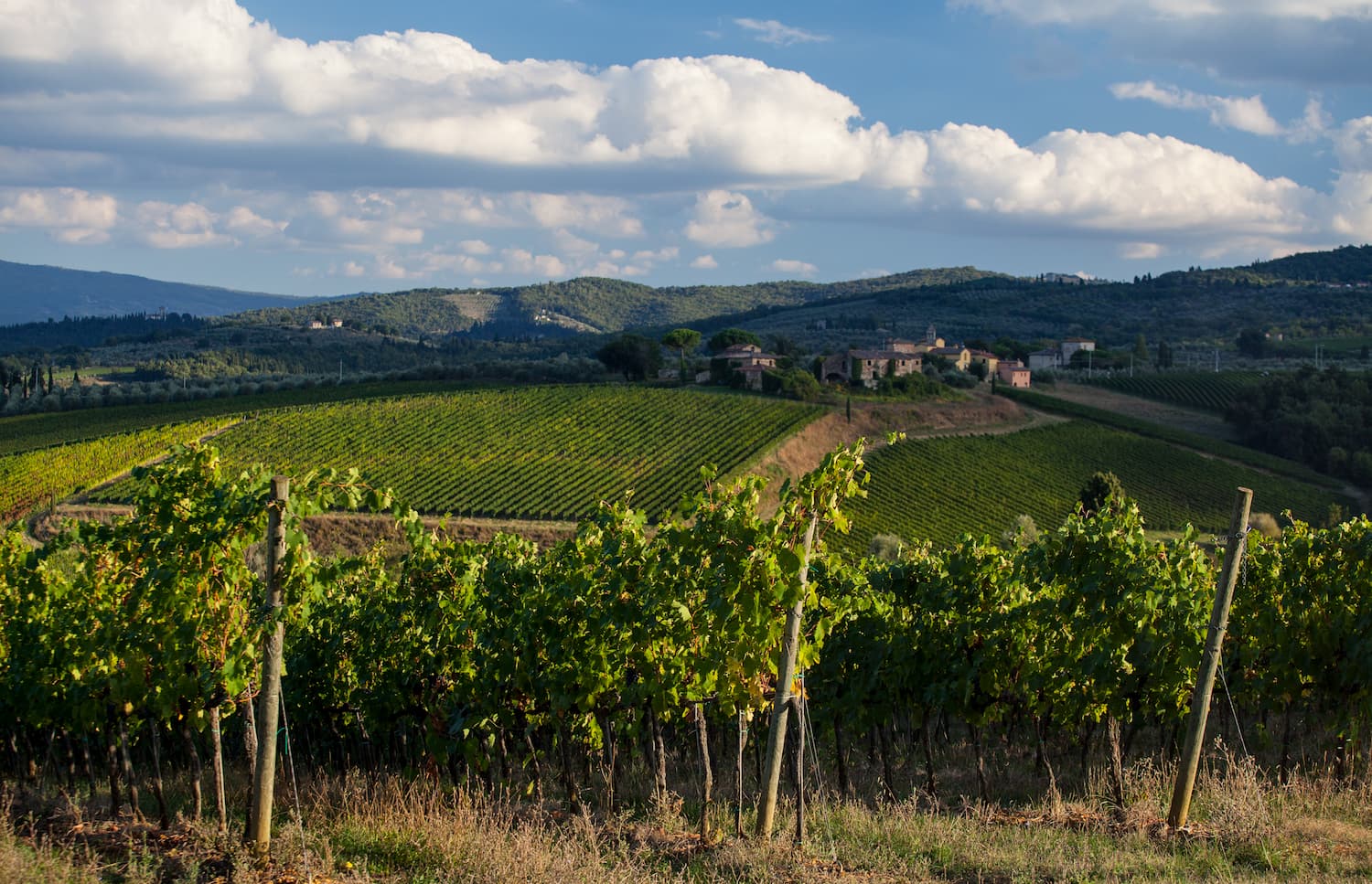
Territory and Winery
History
High on a Tuscan hillside, not far from Siena and Perugia, sits the historic town of Cortona. A vast plain extends on one side and on the other, the hill and village. This is the captivating panorama surrounding the Santa Cristina winery, established in 2006 to strengthen and renew the tradition of crafting its eponymous wine, over 70 years after its first vintage. Over time, Santa Cristina has become a reference point for winemaking experts as well as wine enthusiasts due to our commitment to achieving quality. Enduring and intriguing, Santa Cristina has become a timeless Tuscan classic with contemporary finesse. The diligent care taken in vineyards and cellar management have always been our incentive to continue with innovation and research in exploring indigenous as well as international grape varieties. The resulting family of wines are different yet highly distinguishable for their unmistakable artisanal style, proof of the enduring connection between vineyards, terroir and man’s dedication to the land.
Territory and Winery
The Winery
The Santa Cristina winery was built from a project developed by Studio Hydea in Florence. This modern structure’s design was based on criteria of minimal environmental impact and maximum respect for the surrounding territory. The winery was named after Santa Cristina Red, a historic wine and symbol of the winery for over 70 years. The concept behind the project was to allow the grapes to be accompanied from the vineyards, through each phase of fermentation, aging, bottling, and packaging. State-of-the-art technology and attentive ongoing research for the highest quality strengthen and consolidate ancient winemaking traditions and love for the Tuscan territory.

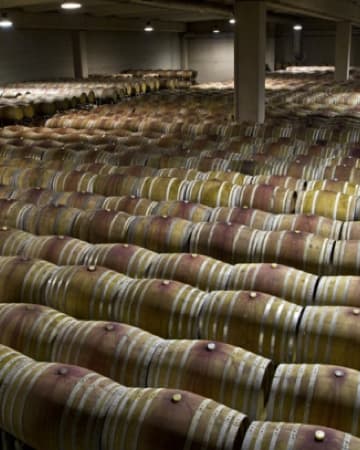
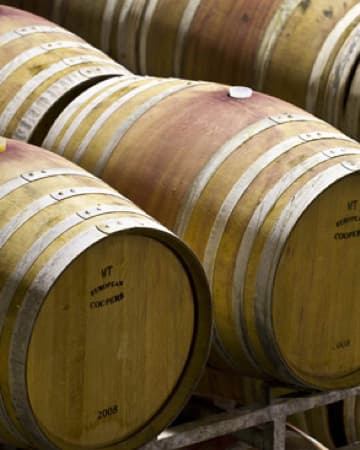
Santa Cristina in the world
Awards

14 GLOBE-TROTTING ROSÉS NEW REVIEWS OF PINK WINES FROM FRANCE, ITALY, SPAIN, PORTUGAL, OREGON AND NEW ZEALAND FOR $21 OR LESS
As the temperature rises during the summer months, so does rosé consumption. Although this style of wine, coming in a range of pink shades, can be enjoyed any time of year, it is most often found in backyard, rooftop or poolside locales. Here we have a diverse selection of the summertime staple, varied in grape type, origin and style, all for $21 or less. Get the scores and tasting notes for Grüner Veltliner, Riesling, Blaufränkisch, Pinot Blanc and more!
Read full article on winespectator.com
12 ITALIAN SUPER-BARGAINS NEW REVIEWS OF REDS, WHITES AND ROSÉS FOR $20 OR LESS FROM TUSCANY, PUGLIA, CALABRIA AND MORE
Part of the undeniable beauty of Italian wine is the chance to explore its great diversity. From top to bottom, the boot offers a wide range of still wine—reds, whites and rosés. Here, we highlight bottlings for $20 or less from Tuscany, Puglia, Calabria, Veneto and Marche. Get the scores and tasting notes!
Read full article on winespectator.com
100 TOP VALUES GREAT WINES FOR $20 OR LESS
Value-priced wines provide the perfect opportunity to explore new terrain and make new discoveries. And the wines in this year’s annual roundup of Wine Spectator’s 100 top values are rated 88 points or higher, priced at $20 or less and made in large enough quantities to be widely available.
Read full article on winespectator.com